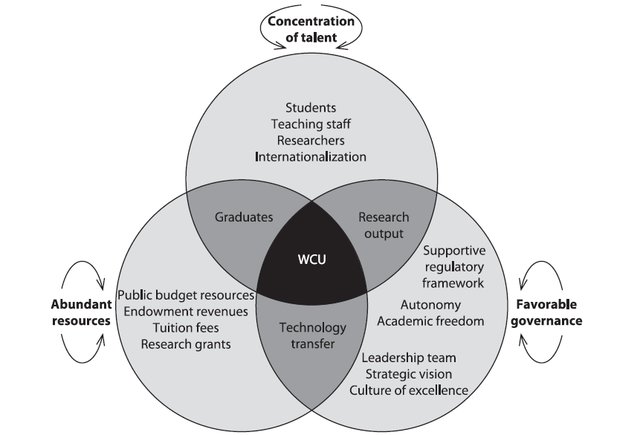

Utilization of appropriate technologies for a real "competitive Egypt"
Egypt has experienced a remarkable deterioration with respect to competitiveness since the Arab Spring in 2011. According to World Economic Forum's (WEF) report, Egypt's Global Competitiveness Index (GCI) was 81 out of 139 in 2011. The Country's GCI dropped to 116 out of 140 in 2015. This was mainly due to the political and economic instability that Egypt has come across over the past four years. Over the last few decades, the creation and utilization of technologies have played a critical role to improve the life quality of people, advance economies, and open new horizons for individuals, businesses, and even nations around the world. Furthermore, the world is experiencing nowadays unprecedented technology disruption that has triggered an enormous change; a change that is fueled by ongoing nonstop innovation and substantial evolution in the means people employ technology. Consequently, nations, individuals and businesses not only need to be aware of that, but also need to be ready, in order to be competitive in a connected and competitive world. Therefore, competitiveness becomes the name of the game for the nations, individuals and businesses. Without focus and disruptive strategy and implementation plans, it would be difficult to have a real competitive Egypt. Thus, the paper examines how Egypt could build its competitiveness pyramid by utilizing appropriate technologies to advance on the global competitiveness ladder and realize its growth potential; technologies that are matching the country's capabilities and resources. The approach used in the paper is based on thorough analysis of the reports issued by international and Egyptian institutions in the areas of competitiveness and sustainable socioeconomic development, desk research, and interviews with key personnel in the government, Business Representative Organizations (BROs), NGOs and private sector, in addition to youth, startups and entrepreneurs. Based on that approach, the paper draws a model for building ecosystems and clusters on the local governorates level, as each governorate has its own characteristic, competitiveness readiness, competitive edge, competences, and socioeconomic circumstances. A model that is considering the appropriate technologies needed to increase the competitiveness readiness on the local governorates' level, as well as, advancing and connecting the local business communities, youth, entrepreneurs and startups to seize the new opportunities that would be developed. Moreover, the paper highlights the Critical Success Factors (CSF) for such model. That's why, each governorate or region would form an economic hub by itself, based on the previously mentioned notion. Eventually, these local ecosystems, clusters and economic hubs would be interconnected and integrated for serving the ultimate objective of increasing Egypt's GCI. The paper sets an example that can be deployed in similar economies, based on the proper definition of local competences, and building sustainable economic hubs, which are utilizing appropriate technologies and engaging the developed workforce in connected clusters and business communities.